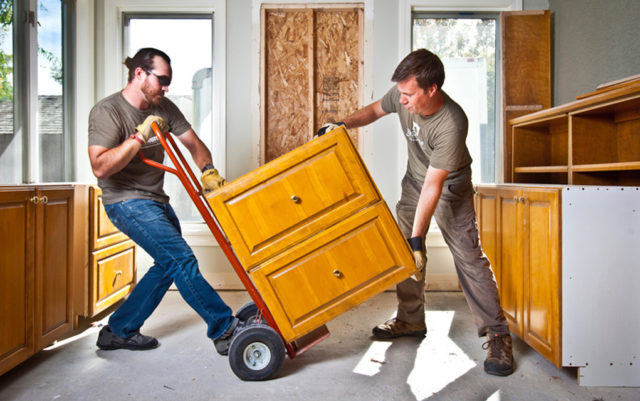
Energy conservation and efficiency programs tend to benefit people who own their homes. But a new program in Boulder aims to make home energy efficiency available to more renters as well, especially low-income renters.
“We were concerned that there were thousands of people who rent a home who were being left out of the equation,” says Neal Lurie, president of the Center for ReSource Conservation (CRC), a decades-old institution in Boulder’s nonprofit community.
That’s in part because, Lurie says, low-income families tend to spend a higher percentage of their income on utility costs than higher income families do. And while groups like CRC can do little to address rising rents in Colorado, they can work to reduce utility bills for those most impacted by high costs while saving energy and water in the process. CRC’s newest program, Conservation for All, is designed to do just that.
At its heart, Conservation for All is essentially a mechanism for crowdsourcing donations to fund energy efficiency upgrades, which are carried out with a number of partner organizations. Donors can fund any of the program’s four areas, each one targeting a specific upgrade: swapping old light bulbs for LEDs, replacing old toilets with new low-flow versions, retrofitting an entire room with reclaimed and energy-efficient materials, even investing in solar.
“This is something that really empowers the community to help be part of the solution, to upgrade the thousands and thousands of homes in the area that are still using really inefficient appliances,” Lurie says. “Tenants tend to say, ‘Why should I make any energy upgrades if I don’t own the property?’ With Conservation For All, we’ve set a goal to help low-income communities save $5 million through these utility upgrades, and in the process we can save massive amounts of water and energy.”
With a donation of $170 to Conservation for All, for example, CRC will work with affiliates like Boulder Housing Partners (BHP) to replace all old incandescent lightbulbs in a home with high-efficiency LED bulbs, saving its occupants up to 42,000 kilowatt hours of energy in a year. For $230, the program will work with BHP and Denver Housing Authority (DHA) to put a new low-flow toilet in a low-income rental property that needs it, saving up to 40,000 gallons of water per year. With the room retrofit program, $350 funds the purchase of materials through CRC’s ReSource facility, which sells donated usable building materials at deep discounts, to upgrade an entire room to be more energy efficient. For the solar program, a gift of $1,400 goes toward a 10-panel rooftop solar installation through a partnership with Boulder’s Namaste Solar. And the program’s housing partners identify the beneficiaries.

“What we’ve been hearing from community members for years, is they want to support conservation programs, but they want to know that it’s making an impact,” Lurie says. “These are direct, measurable impacts for families in need and directly lowers utility bills.”
And it helps do the work that others have targeted, but don’t have enough resources to carry out. Partners like BHP, for example, systematically identify tenants across 30 sites and 1,200 housing units who make good candidates for energy upgrades and retrofits — but they can’t fund all of them. Partnering with CRC on its Conservation for All program helps the housing authority serve those who need it most, says BHP director of sustainable communities Tim Beale.
“It’s almost too simple,” he says. “And it has multiple impacts, environmental, economic and social.”
On a state level, the Colorado Energy Office (CEO) director of low-income energy services Joe Periera says need greatly exceeds available resources for income-based energy efficiency programs. State-run low-income energy efficiency programs that perform upgrades similar to Conservation for All reach somewhere between 2,000 and 3,000 Colorado homes statewide each year. CEO estimates more than 1 million households have need for them.
“We know we’re limited in our scope, but if we really want to effectively deal with the problem we need these types of partnerships,” Periera says. CEO does not contribute funds to Conservation for All, but supports the initiative. “We’re taking the stance that any partnership that develops to take on these challenges are wins.”
Lurie agrees. And with Colorado’s population growing at a clip, he says CRC’s ability to leverage partnerships like this to conserve energy and water is more critical than ever.
“It all starts with building on everyone’s strengths,” he says.














